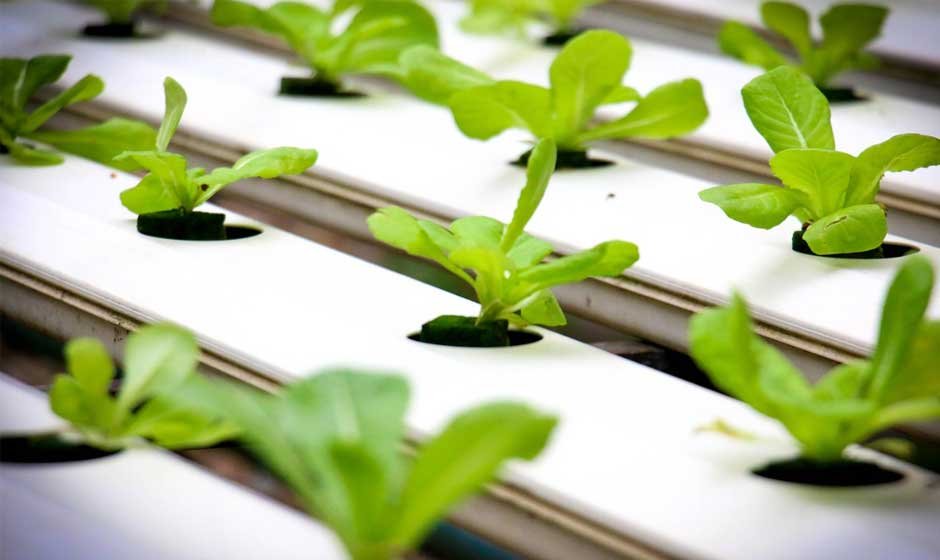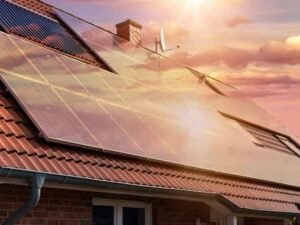Indoor gardening delivers fresh, flavorful greens without a backyard. You don’t need much indoor space, either. Compact hydroponic growing systems offer soil-free cultivation ideal for tiny apartments, offices, dorm rooms, and other tiny nooks.
These modular units pair efficient LED lighting, automated water delivery, and nutrient management to support thriving plants year-round. Whether you crave peppery microgreens or aromatic herbs, you can harvest your crop in days instead of weeks.
This guide highlights benefits, equipment tips, planting strategies, and maintenance advice for anyone interested in growing healthy greens in a small space. Prepare to unlock your green thumb with compact hydroponic growing systems.
Choosing the Right Compact Hydroponic System
Here are seven tips for choosing the right hydroponic system:
- Measure the area where you plan to place your garden before shopping.
- Identify how many plants you want to grow at once and check the tray capacity accordingly.
- Look for models with adjustable height settings and removable trays for easy plant access.
- Verify that the LED fixture covers the seedling and mature plant zones uniformly.
- Choose systems with a clear water-level indicator and easy reservoir refill.
- Opt for units with timer controls to automate light cycles and pumping intervals.
- Read online reviews of the hydroponic system you’re considering buying before you make the purchase. Look at what users had to say about ease of use, maintenance requirements, energy efficiency, and noise levels.
Hydroponic growing systems are usually easy to set up and use. But to simplify your first try at indoor growing, consider a starter kit that includes seeds, nutrient solution, and growing media.
The Aquatree Garden
Want to save money by cutting down on those grocery trips for herbs and microgreens? You can grow salad greens, small peppers, or garnishing herbs within arm’s reach, with an Aquatree.
The Aquatree has been a game-changer for everyone yearning for fresh, homegrown greens and herbs. It turns limited floorspace into a vertical oasis of fresh produce, with stacked growing sites that can fit on any countertop or shelf.
Automated watering and aeration ensure roots receive oxygen-rich water and balanced nutrients at every stage. And the built-in LED panels mimic natural sunlight without bulky fixtures. It’s low maintenance, too, so you can get more greens with less hassle.
With the Aquatree in your home, you’ll enjoy a variety of crisp, nutritious greens in one compact system. And it’s clean, simple design provides a striking decorative element in any room.
The Benefits of Indoor Growing with Hydroponics
Nutrition plays a big role in health. There’s even a strong connection between nutrition and mental health.
That’s why it’s important to include lots of fresh, nutritious foods like microgreens in the diet. Microgreens, like radish, sunflower, and broccoli shoots, thrive in hydroponic trays. But, why choose hydroponics over conventional gardening?
Hydroponic systems make growing healthy foods accessible to everyone; no outdoor space or special skills are needed. They reduce water usage by up to 90 percent compared to traditional soil methods. And their quick germination and short harvest window make them ideal for beginners.
Growing Microgreens and Herbs Indoors
The secret to lifelong good health is raising healthy food lovers. With the latest compact hydroponics units, growing healthy foods at home is available to everyone. But there are a few factors to consider when growing microgreens and herbs indoors.
Spread seeds evenly on a moist growing mat and cover lightly to encourage uniform sprouting. Use a balanced nutrient formula designed for leafy greens and follow dilution instructions precisely. Space seedlings at recommended distances so leaves don’t shade each other as they grow.
Maintain light exposure for at least 12 hours a day. Herbs such as basil, thyme, and cilantro may benefit from deeper root zones and slightly longer cycles. Rotate trays periodically under the LEDs to prevent uneven growth.
Monitor PH daily and adjust to a range between 5.5 and 6.5 for optimal nutrient uptake. With consistent light, water, and nutrients, you’ll harvest tender microgreens in ten to fourteen days and herbs in three to five weeks.
Maintaining Your Indoor Hydroponic Setup
Keep your system in a stable environment with temperatures between 65°F and 75°F and moderate humidity. Change water and replenish the nutrient solution every seven to ten days to prevent mineral imbalances. And prune yellowing leaves immediately to redirect energy into new growth.
Regular upkeep of your hydroponics equipment ensures crops have healthy roots and lush foliage:
- Inspect the pump tubing weekly for clogs or algae buildup and rinse components with warm water if needed.
- Test the water’s pH before each refill and adjust if necessary, using pH-up or pH-down additives.
- Wipe down the LED panels and tray surfaces regularly to remove dust that can reduce light penetration.
- Clean air vents on integrated fans to maintain airflow and prevent overheating.
- Check reservoir lids for tight seals to discourage pests or contamination.
By following a routine, you’ll extend hydroponics equipment life and maintain peak plant performance.










